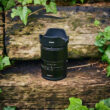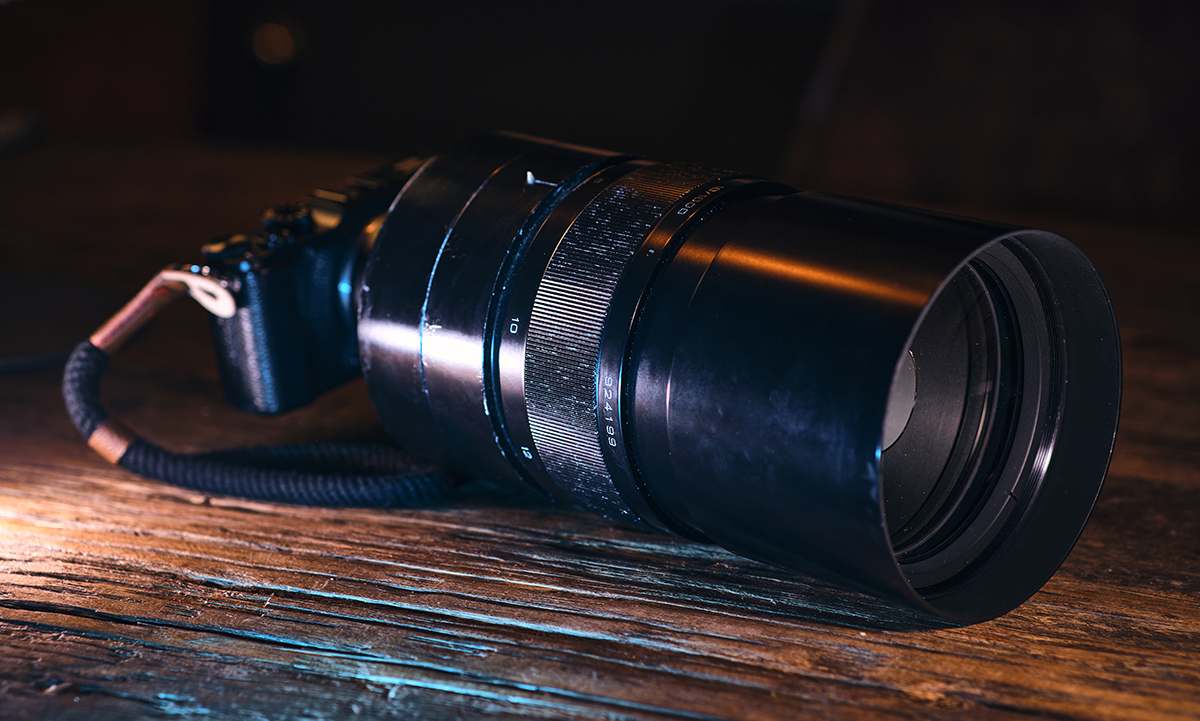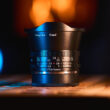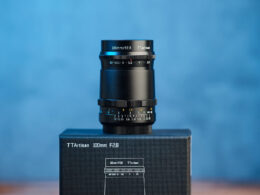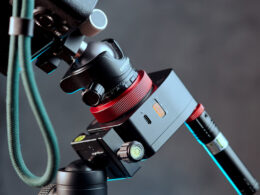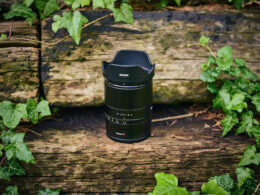For quite a while, I was on the hunt for an affordable mirror lens to level up my astrophotography. And finally — here we are: I’m now the proud owner of a Maksutov 1000mm f/10. Better known among photography nerds as: The Russian Barrel. Or here in Germany simply: Russentonne.
How I Got It (Ridiculously Cheap)
Most mirror lenses you’ll find online are usually around 500mm. You can get them used on eBay for 50 to 100 bucks. But I wasn’t in a rush — until I stumbled across someone selling a 1000mm version for just 30€ (about 35 USD). No way I could say no to that. Even better: The seller lived only 40 km away from me. So I grabbed it right away.
By the way: The German nickname Russentonne literally means Russian Barrel — and honestly, just look at it… that’s exactly what it looks like.
First Disappointment: Fungus!
When I got home and inspected the lens more closely — uh oh… disappointment kicked in. The front element was infected with fungus. If you’ve never seen lens fungus before — here’s what it looks like:
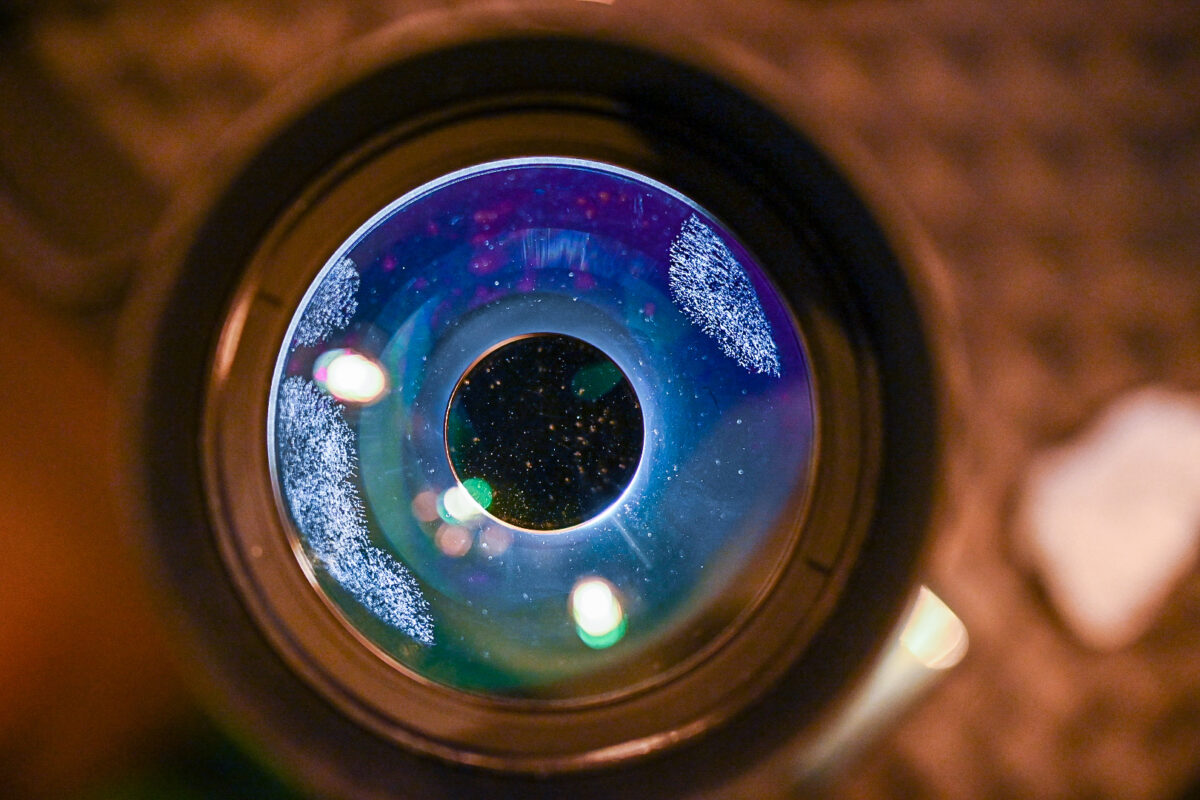
(Light from behind makes it super visible. Without it, you barely notice.)
The Good News: Easy to Clean
Luckily, these Russian Maksutov mirror lenses are built like tanks — simple and super robust. Removing the front element was easy. And with lots of alcohol and vinegar, I managed to clean it thoroughly and (hopefully) kill the fungus.
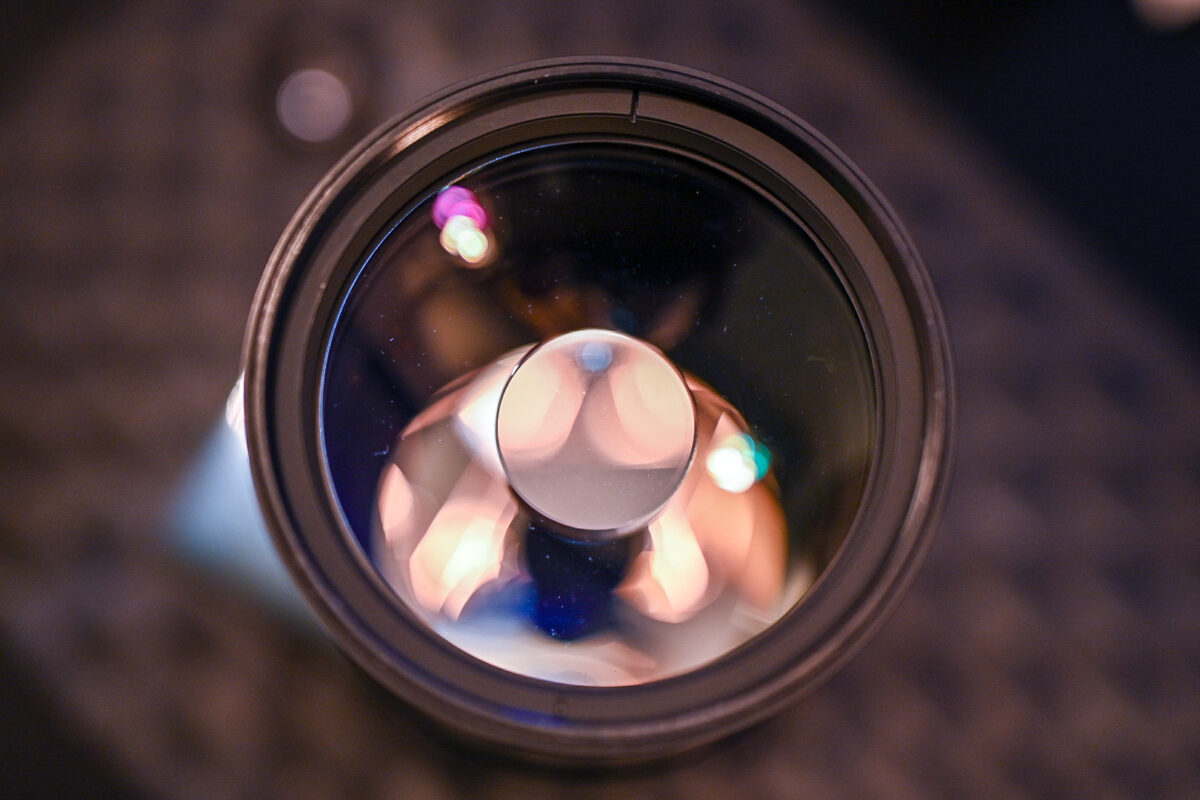
Important: Be careful with fungus! It can spread to other lenses — especially expensive ones with fancy coatings. In this case, the front element was basic enough that no real damage happened.
Crash-Test Approved (Thanks, Dog…)
Before I even had the chance to test the lens, my dog crashed into the tripod and sent the whole setup flying. Good news: Nothing broke. Bad news: I nearly had a heart attack.
Shooting the Moon (Where This Lens Shines)
After some practice with focusing — and figuring out how to get the best out of this f/10 beast — I finally took it out for some moon photography.
My previous best moon shot (300mm lens):
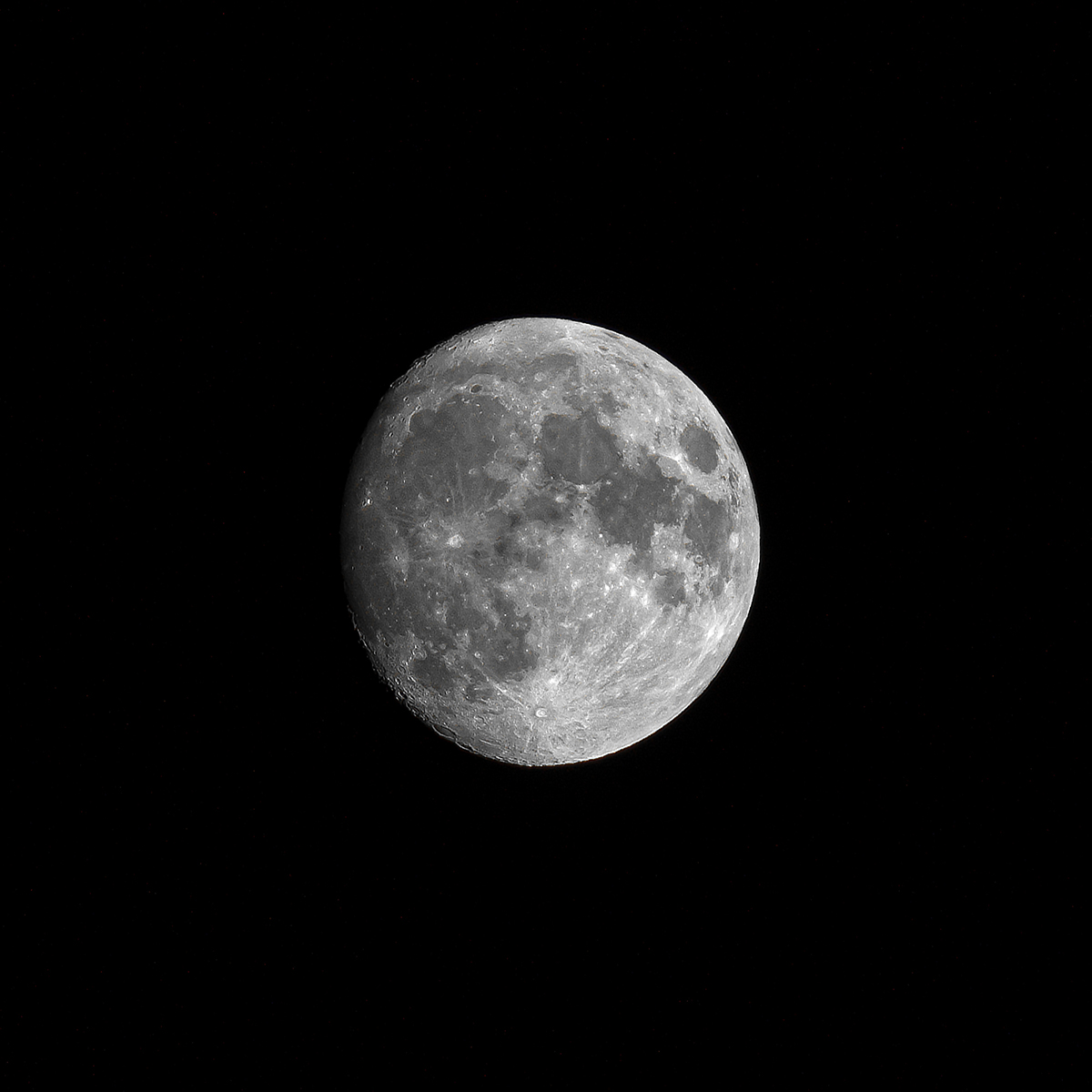
Pretty good, but limited reach.
With the Maksutov 1000mm (plus crop factor = 1500mm):
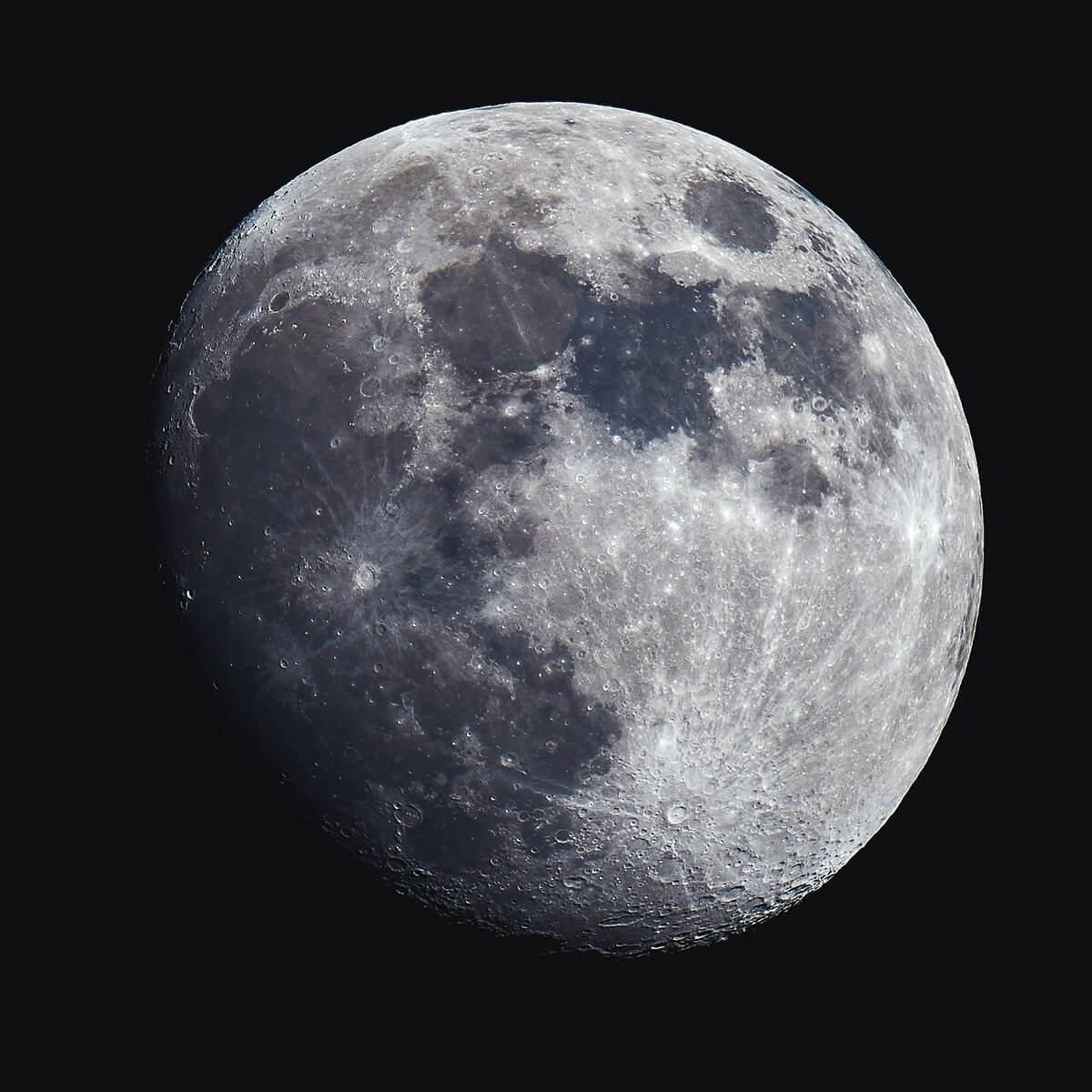
Absolutely insane detail!
I’ve taken so many moon shots now that I can’t even decide which one’s my favorite.
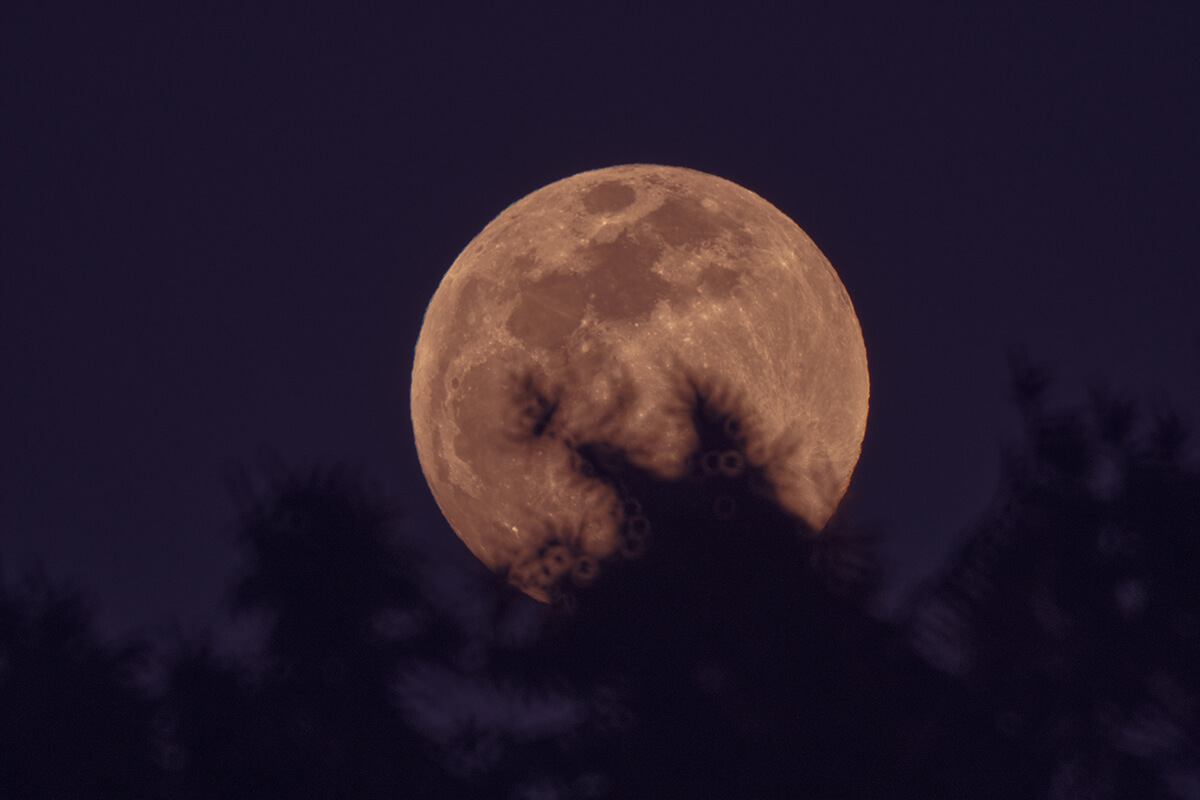
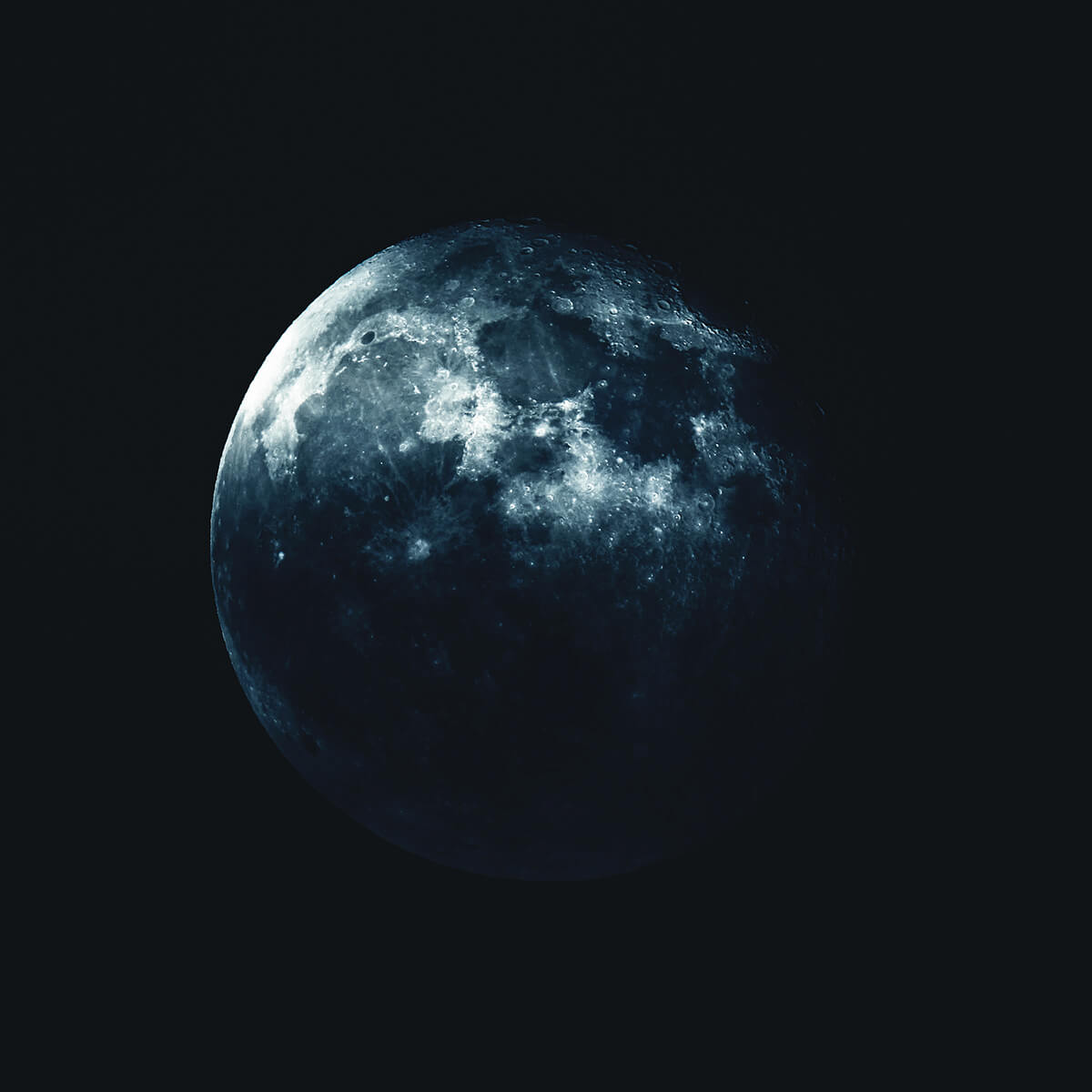
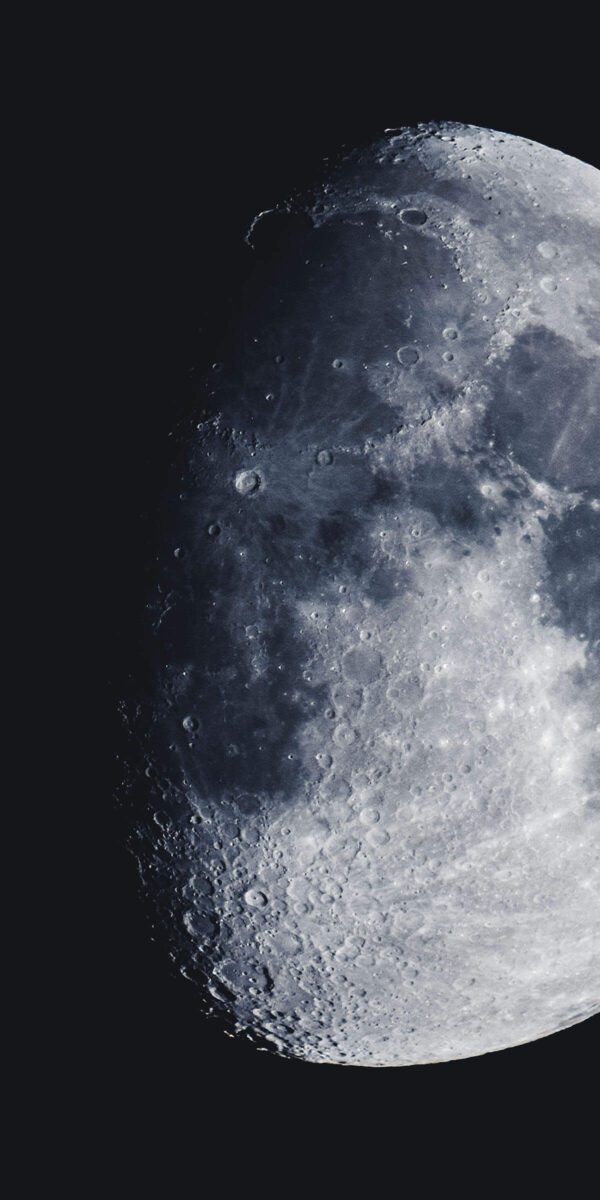
Even Planet Photography Is Possible
I also tried shooting Mars — with mixed results. Atmospheric turbulence makes it tricky, but you can already see some basic structure.
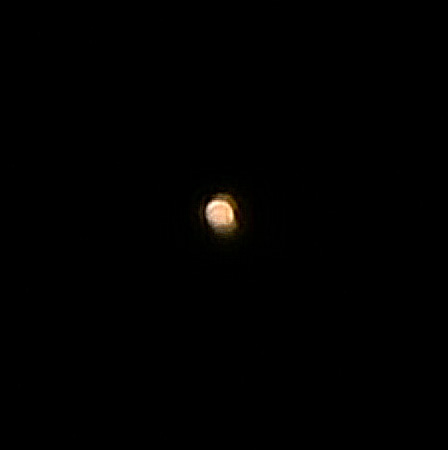
Looks kinda like a tennis ball, right?
1500mm Reach with APS-C Sensor
I’m now using this lens with my Fujifilm X-T3 (APS-C sensor), which adds a 1.5x crop factor. Translation:
This 1000mm lens effectively becomes a 1500mm lens on this camera. Ideal for photographing planets like Jupiter and Saturn.
Jupiter Results (Stacked from 900 Frames)
Jupiter looks awesome — especially after stacking footage using a tool called Lynkeos. Even Jupiter’s moons are visible!
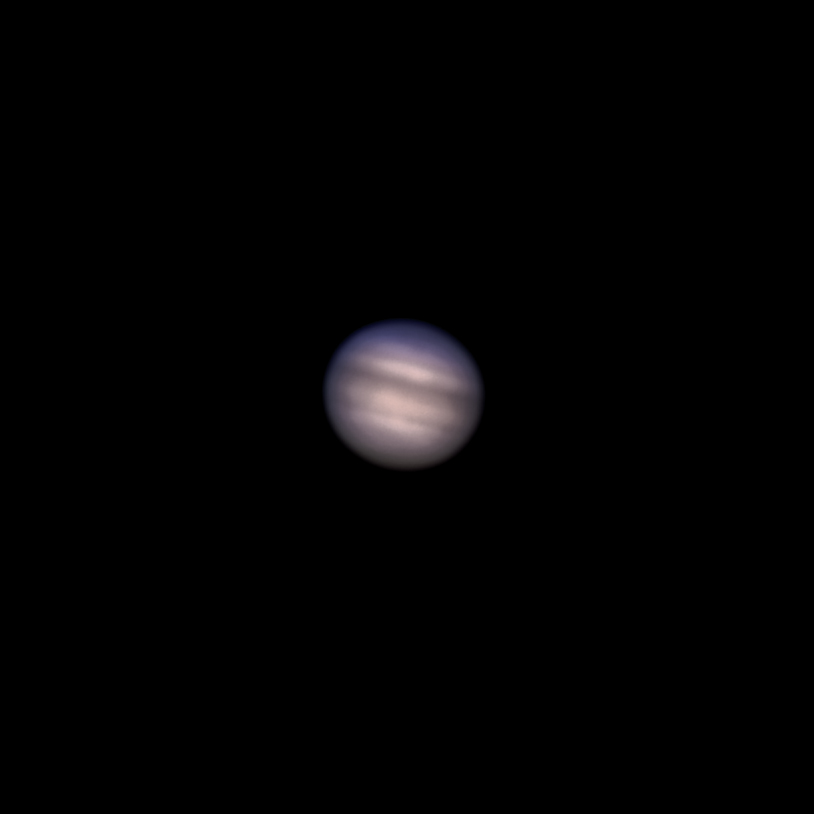
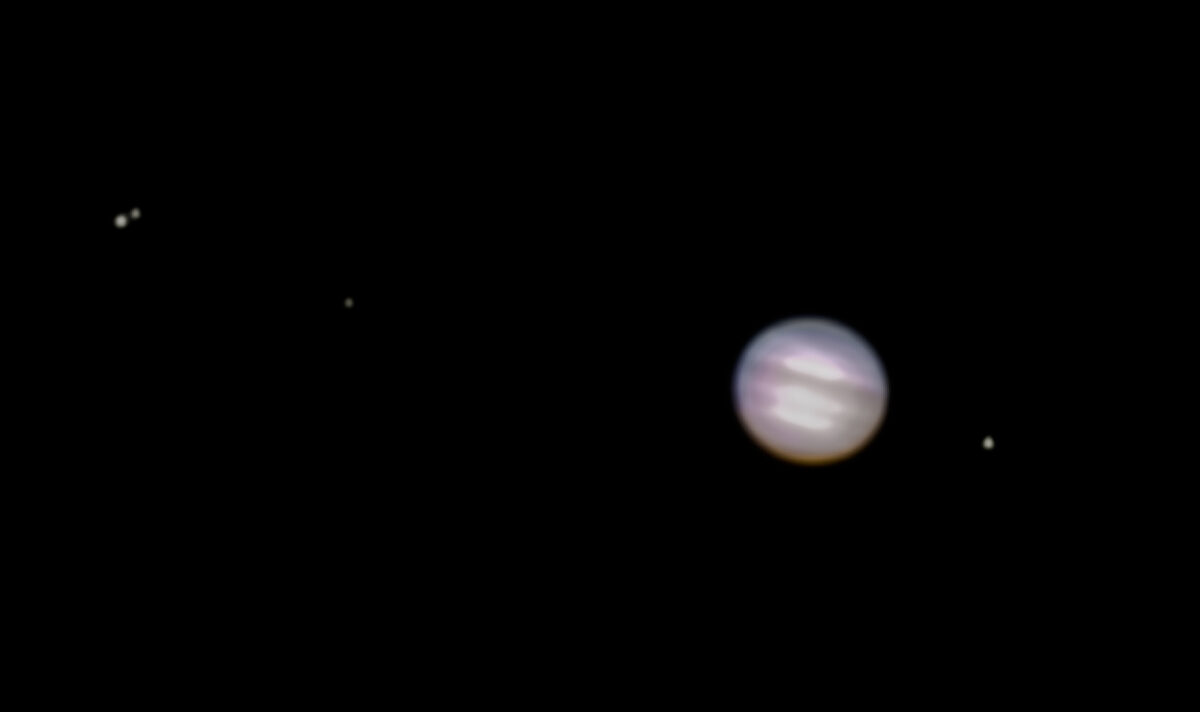
Saturn? Well… still working on that one. I might need to build or buy a Bahtinov mask for better focusing.
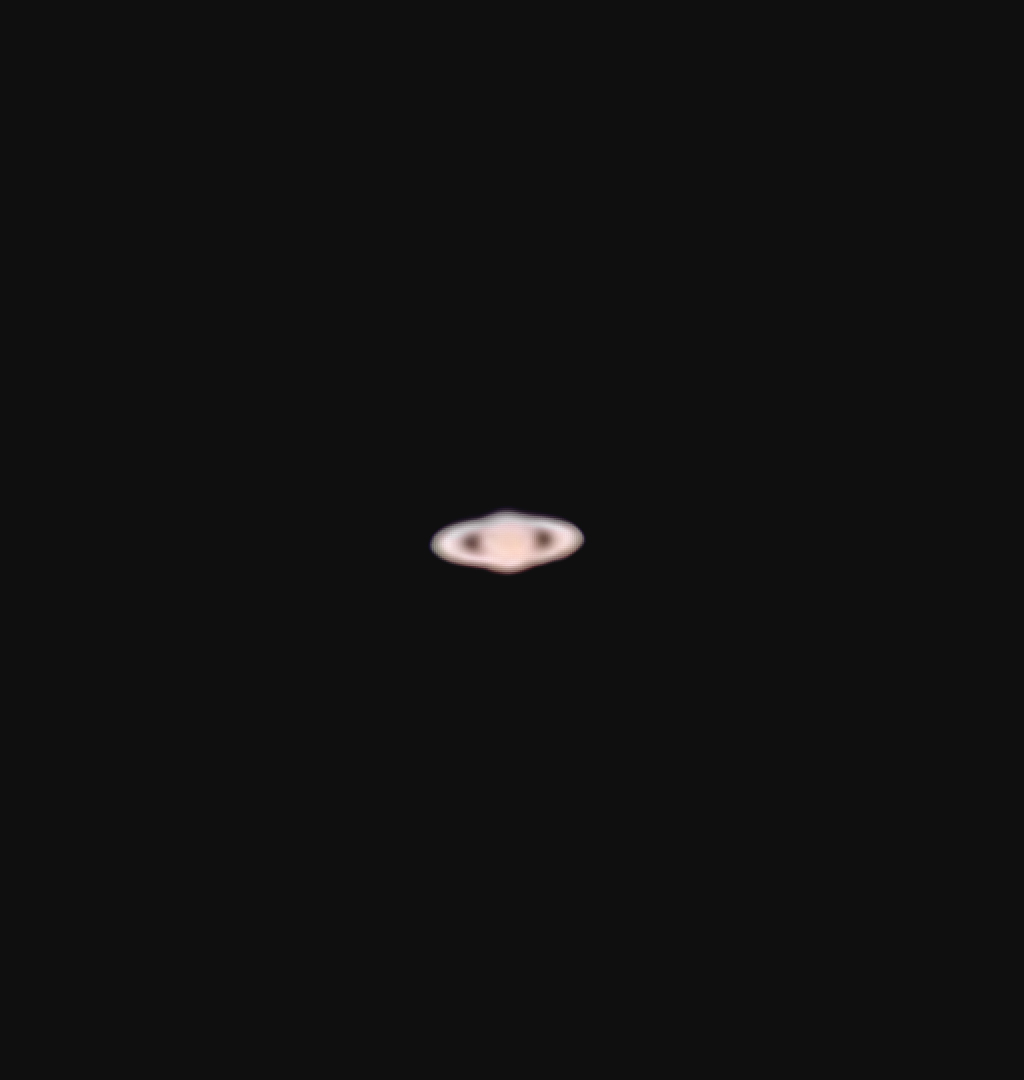
Deep Sky at f/10 with the Maksutov? Challenging but Not Impossible
I even tried using this lens on a basic tracking mount (MiniTrack LX3) to shoot objects like nebulae and galaxies. f/10 isn’t ideal for deep sky — not much light hits the sensor. And the lens is actually a bit too heavy for my small mount. But still — after stacking 30 images with 10-second exposures each, I got this shot of the Orion Nebula:
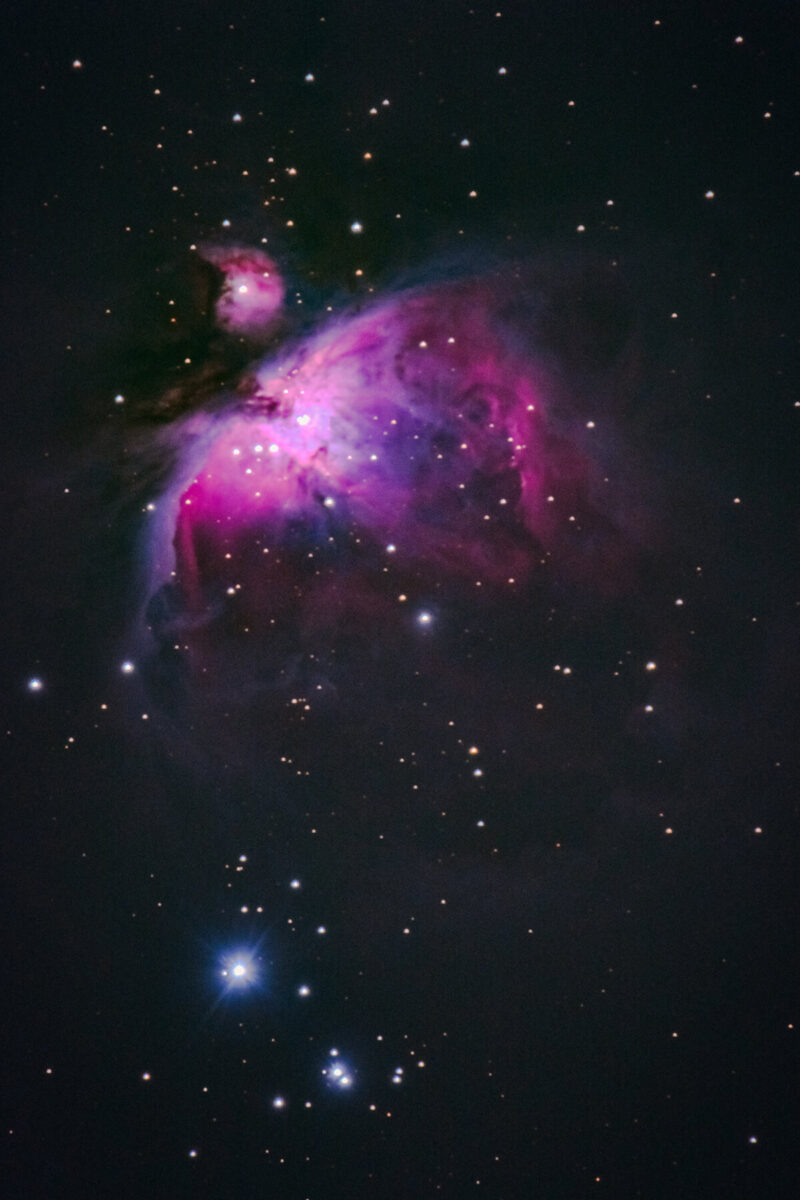
Insane, right?
Final Thoughts on the Maksutov 1000mm
Honestly, I’m blown away by what this random $35 flea-market find can do. Is it perfect? Definitely not. Is it fun? Absolutely.
If you are looking for a Telephoto Lens for Astrophotography, check out Pergear. They have a 500mm lens from TTArtisan that is quite affordable. It doesn’t have the reach, but should make up for it with better image quality.
